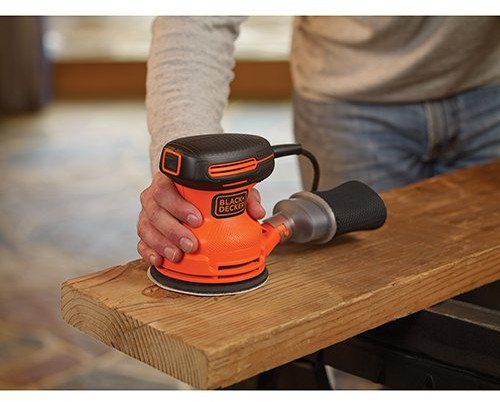Orbital Sander vs Palm Sander: Which is Best for Your Needs?
-
Pete Ortiz
- Last updated:
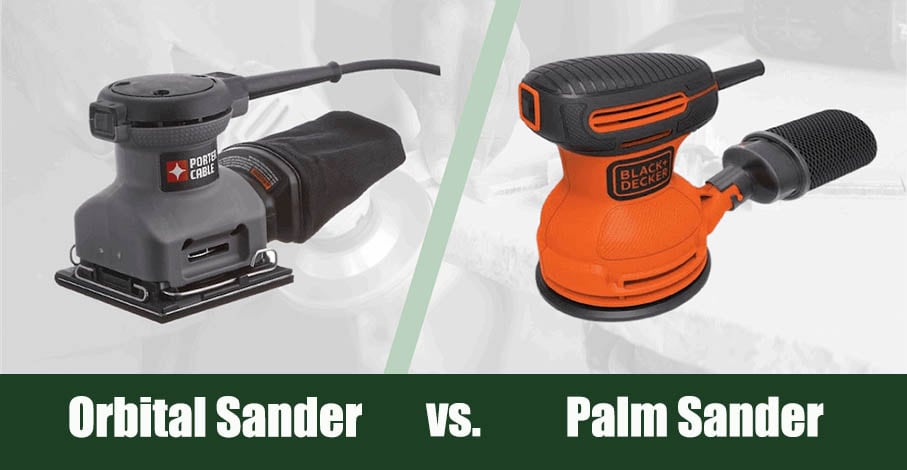
Sanding the finished product is one of the final steps in any woodworking project, and because an error at the end can break your heart a lot faster than one early on, it’s something that you want to do correctly.
That means getting the right tool for the job. The problem is that unlike other tools that have the name of the job in their name, two of the basic hand-held sanders — the palm sander and orbital sander — offer no tips on their use in their name. In fact, the two derive their names from very different influences, something that can add confusion to knowing which one to buy.
| Rating | Image | Product | Details | |
|---|---|---|---|---|
Our Favorite Palm Sander for the Money

|
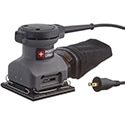
|
PORTER-CABLE Palm Sander |
|
CHECK PRICE |
Our Favorite Orbital Sander for the Money

|
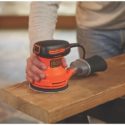
|
BLACK+DECKER Random Orbit Sander |
|
CHECK PRICE |
Palm for the light touch
Palm sanders get their name because they typically fit into the palm of your hand. They are the smallest and lightest of power sanders with the weakest motor power and normally use sandpaper in 160-220 grit range. This makes them most ideal for light jobs like polishing a finished piece of wood that isn’t going to be painted. What you don’t want to do with them is try to remove any paint or varnish or anything stuck to the wood.
You also don’t want to use a lot of muscle power to push a palm sander across a workpiece. They are designed to work with a light touch. Push down too hard, and you can damage your sander. You will certainly wear out a lot of pads.
Palm sanders are also the most affordable of the power sanders.
Lower grit, higher power
Bigger and more powerful, orbital sanders normally use sandpaper in the 80-160 grit range. Compared to some other power sanders, they are a delicate flower. Compared to the palm sander, however, they are big and brutish. You can operate most with one hand, but a few of the top-tier models with a lot more power come with a handle so you can use both hands.
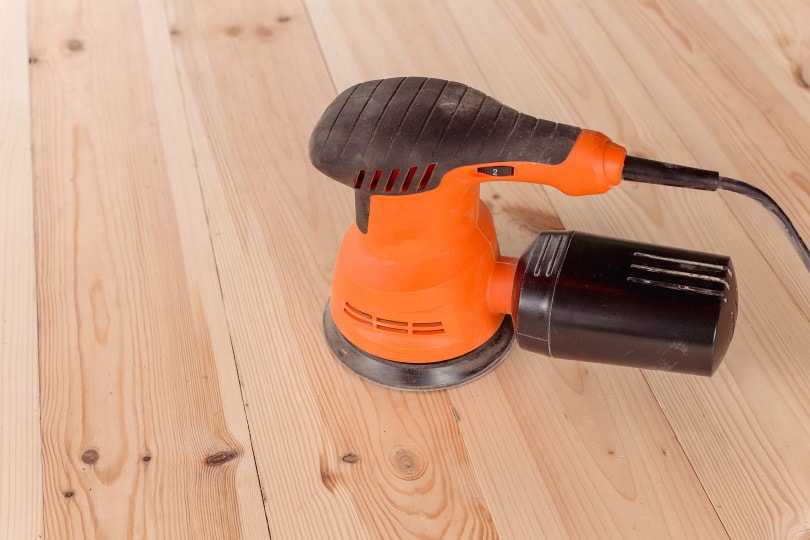
Orbital sanders get their name because they move their heads around in small circles called orbits. A subcategory of orbital sander is the random orbital sander, which moves its head around in random orbits instead of staying in the same pattern. Random orbital sanders have the advantage that they aren’t as prone to leave ugly marks if your attention is momentarily diverted from your work.
These tools are great for removing paint and varnish and prepping a piece of wood that you plan to paint. You can also use them for flat surfaces, but they are also nimble enough to use on curved wood.
Orbital sanders are a little more expensive than palm sanders.
In Summary
Orbital and palm sanders are among the smallest sanders on the market, sized to fit into one hand. They combine size with lightweight power to make them ideal for finishing work rather than heavy-duty tasks. Both of them can be used on shaped wood.
Orbital sanders, named for their head rotation pattern, are the bigger of the two. They are paired with lower grit sandpaper to make them perfect to prep wood projects by finishing by removing old paint and varnish. They also cost a little more.
Palm sanders are named because they literally fit into the palm of your hand. They have higher grit sandpaper and a low-power motor perfect for doing finishing work on wood you plan to otherwise leave alone.
Its wallet-friendly price shouldn’t be mistaken as it being a low-cost alternative to a sander designed to remove paint and varnish. The trick in getting the most money for your tool investment in knowing what is designed for what.
Header image credit: Jon H. Hockersmith, U.S. National Archives


